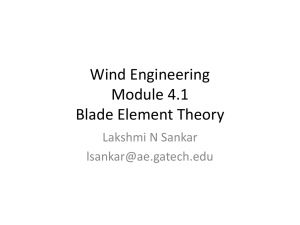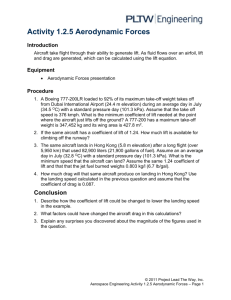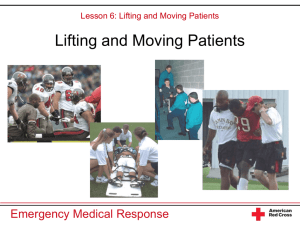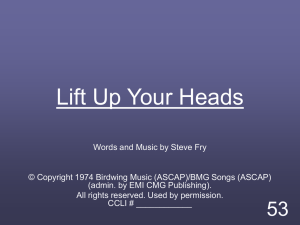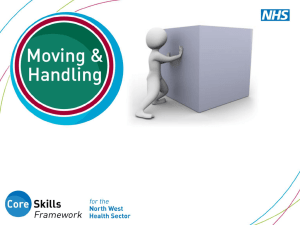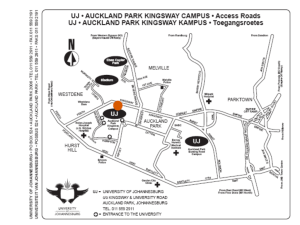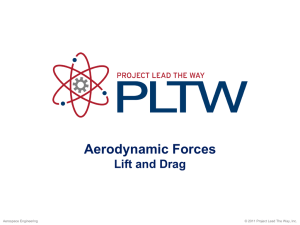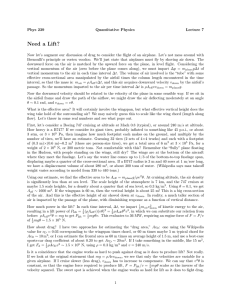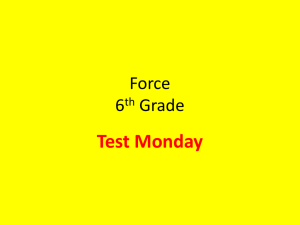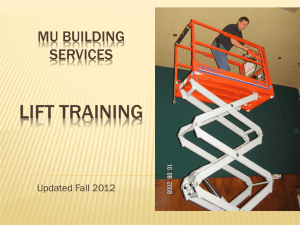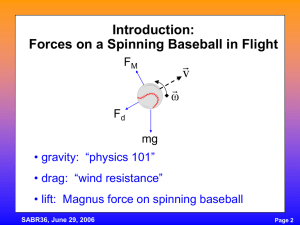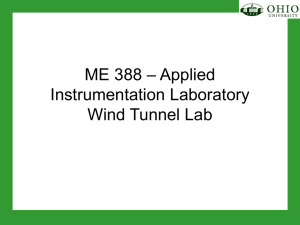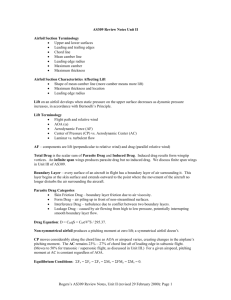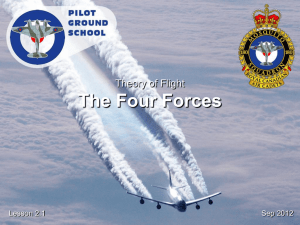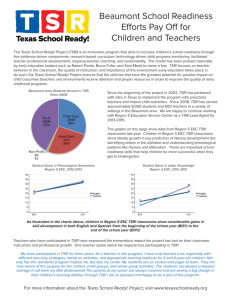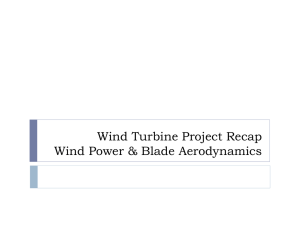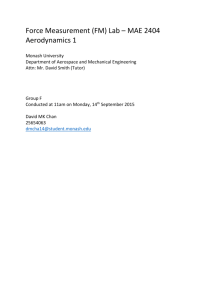Eco-wind
advertisement
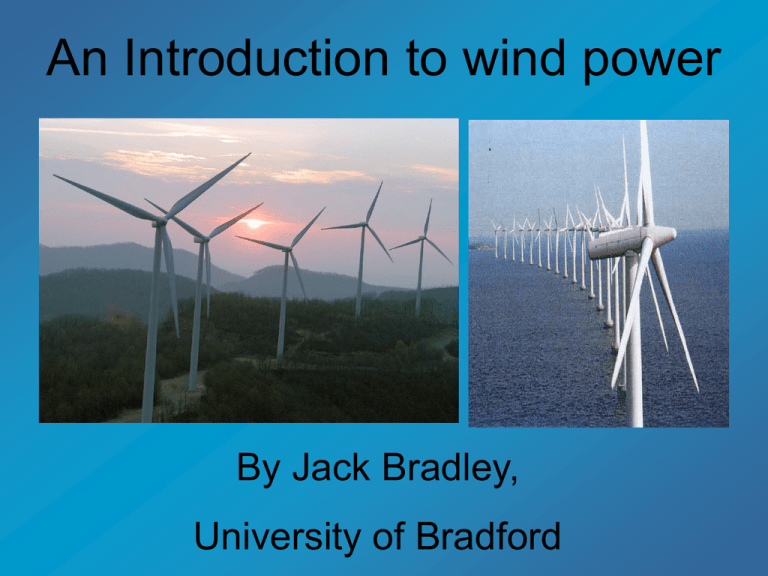
An Introduction to wind power By Jack Bradley, University of Bradford Introduction to Wind Power • • • • • • History of wind power Wind resource How wind turbines work Some basic characteristics Relative efficiencies Environmental Impacts Where we use our energy In the home Where Our Energy Comes From? World Primary Energy Consumption 2001 Excluding Biomass (Approx 445EJ). Oil 33% Natural Gas 21% Biomass 12% Hydro electric 6% Nuclear Energy 6% Coal 22% Future Energy Sources UK Wind Resource • 990 TWh Onshore of which 60+ will be recoverable. • 2869 TWh Offshore of which 100+ will be recoverable. World Wind Resource • 1200 TW World Resource •10TW Theoretically recoverable •Worlds Energy Consumption 1.3TW Source Twidell And Weir Persian (2000 b.c) Direction of Prevailing Wind Windmills 1970’s and 80’s 2000+ Wind Pumps Early Electricity Source www.windpower.dk World Wind Markets Power Law 1 2 KE mv 2 A v l KE 1 m v2 Power( P) . t 2 t m m ass. flowrate t A.l. A.v. t 1 3 P ( watts ) A .v 2 Turbine Size Source Renewable Energy World Mar 02 Simple Wind Loggers Wind Speed Distribution Curves Normalised W ind Speed Distibution k=2 Annual Mean =1 700 H our s/Year 600 500 400 300 200 100 0 0.0002 0.9 Mean 1.8 2.7 3.6 4.5 Energy Distribution Normalised Speed and Energy Frequency k=2 v,mean=5 F re q u e n c y 0.08 0.06 0.04 0.02 0 0 5 10 15 Wind speed (m/s) 20 25 European Wind Atlas NOABL Basic Principles Drag Machines Basic Components of HAWT Direction of Blade Rotation Low Speed Shaft Nacelle Swept Area Yaw Bearing Hub Direction Free wind Rotor made up hub and blades Tower Lift Machines Horizontal Axis Lift True Wind Direction Drag Lift Machines Horizontal Axis Driving Force Apparent wind direction True Wind Direction Direction of Blade Movement Lift Drag Lift Machines Horizontal Axis Driving Force Apparent wind direction vR True Wind Direction v Lift Direction of Blade Movement Vb Drag Tip Speed Ratio (TSR) BladeTip Speed Tip Speed Ratio( ) Windspeed Cp TSR Solidity Total BladeArea Solidity Swept Area High Solidity machines have low TSR and High Torque Low Solidity machines have high TSR and low torques Different Types of WEC Source Boyle Anemometers • Spot measurements of little use. • Average wind speeds required • Simple Anemometer gives Run of Wind measurement UK Wind Speeds Impacts (Noise) Source Boyle Impacts (Visual) Impacts (Birds) • • • • • It is estimated for 1000MW in Holland 21,000 bird deaths 1,000,000 due to power lines 1,500,000 due to wild fowlers 9,000,000 due to road traffic Source Winkleman 1995 Conclusions • Huge world resource • Power in the wind is proportional to the cube of the speed • Assessment of site wind speed is critical • Like all generation wind power has environmental impacts • Careful siting can minimise these problems


